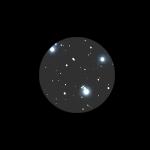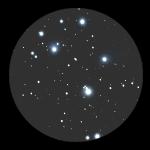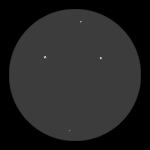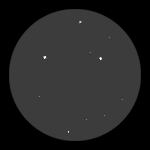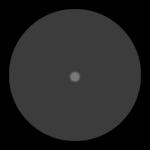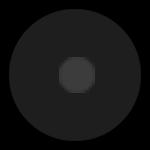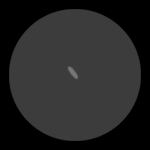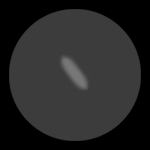As a handy tool for the telescope user, we present this JavaScript-driven calculator, which will compute the values of a number of paramaters for any telescope & eyepiece combinations you enter. It starts off with some basic information every telescope user should know for their equipment, and continues into some more esoteric calculations. Enjoy! (And for further information, also see our How Telescopes Work and Choosing a Telescope pages.)
Fill in the numbers in the green boxes below as instructed, then press the "Enter Diameter" button for whichever measurement system you used; the computed values will appear in the other boxes. To try different eyepieces, enter their info in the Eyepiece Specifications field(s), and use the adjacent buttons to re-compute the outputs.



